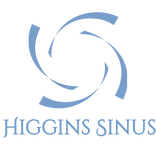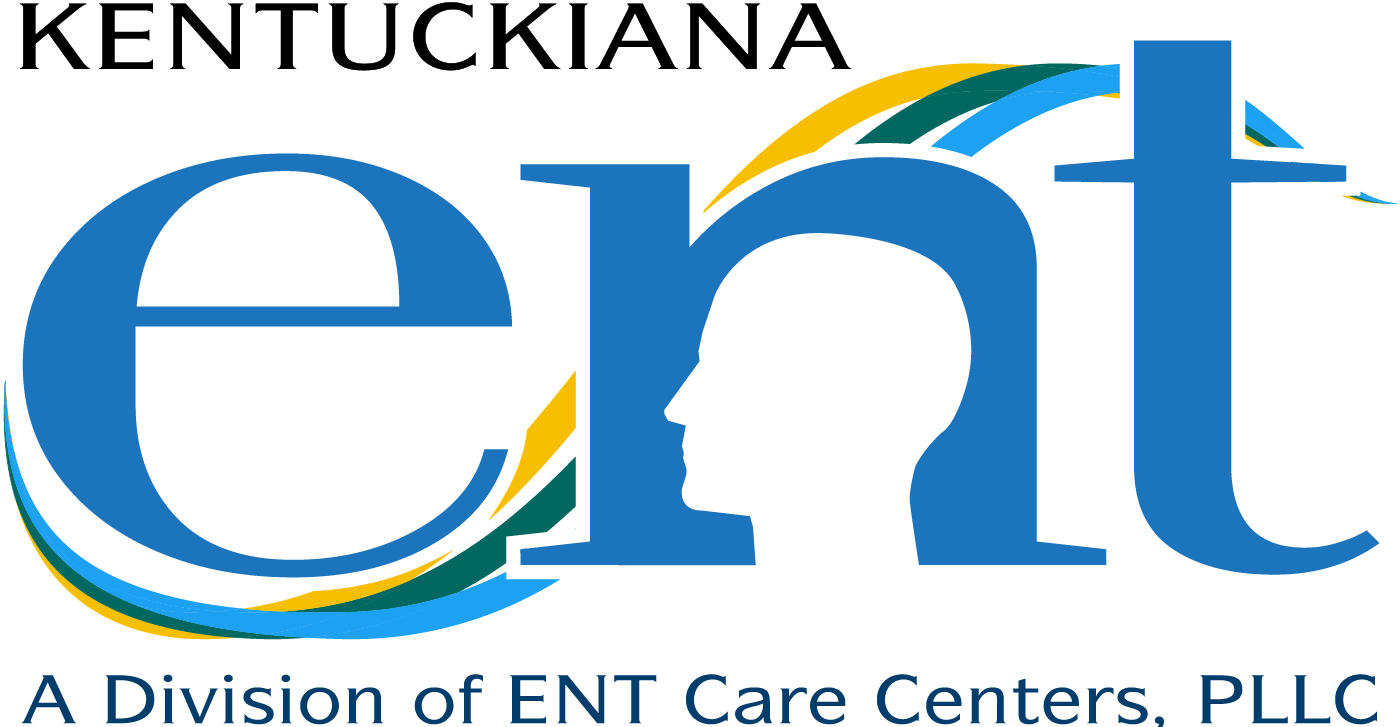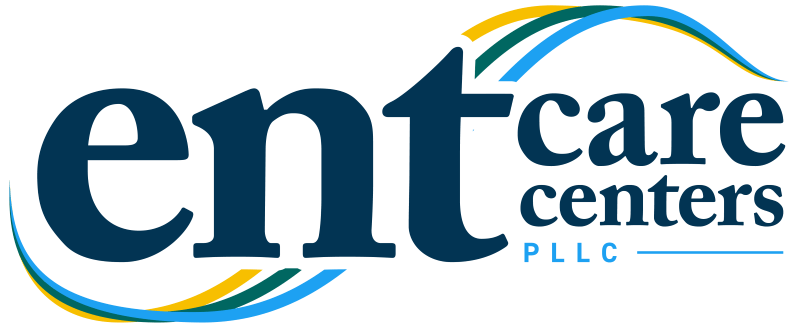Nose and Sinus Anatomy
Every wonder what the nose and sinuses look like? Let Dr. Thomas Higgins give you an overview of nose and sinus anatomy.
What is the anatomy of the nose and sinuses?
The anatomy of the nose and paranasal sinuses can be quite complex. The nose has two nasal passages that are divided by the nasal septum. Both nasal passages have inferior, middle, and superior (and sometimes another called "supreme") turbinates that severe multiple purposes, including direction of airflow, filtration, and sense of smell. There are four paired sinuses: maxillary sinuses, ethmoid sinuses, sphenoid sinuses, and frontal sinuses.
What are the functions of the sinuses?
The paranasal sinuses are an intricate network of spaces filled with air. There are several types of sinuses in this network, each having a different location, shape and purpose. Researchers have not identified a definite purpose for the paranasal sinuses; however, there are several theories that explain their existence, including:
- The sinuses may prevent the skull from becoming too heavy
- The sinuses may serve as a resonance chamber for the voice
- The sinuses may be a buffer zone in case of facial trauma
- The sinuses may be an insulating air for rapid air temperature shifts, heating and humidifying the inhaled air
- The sinuses may contribute to immunologic defense.
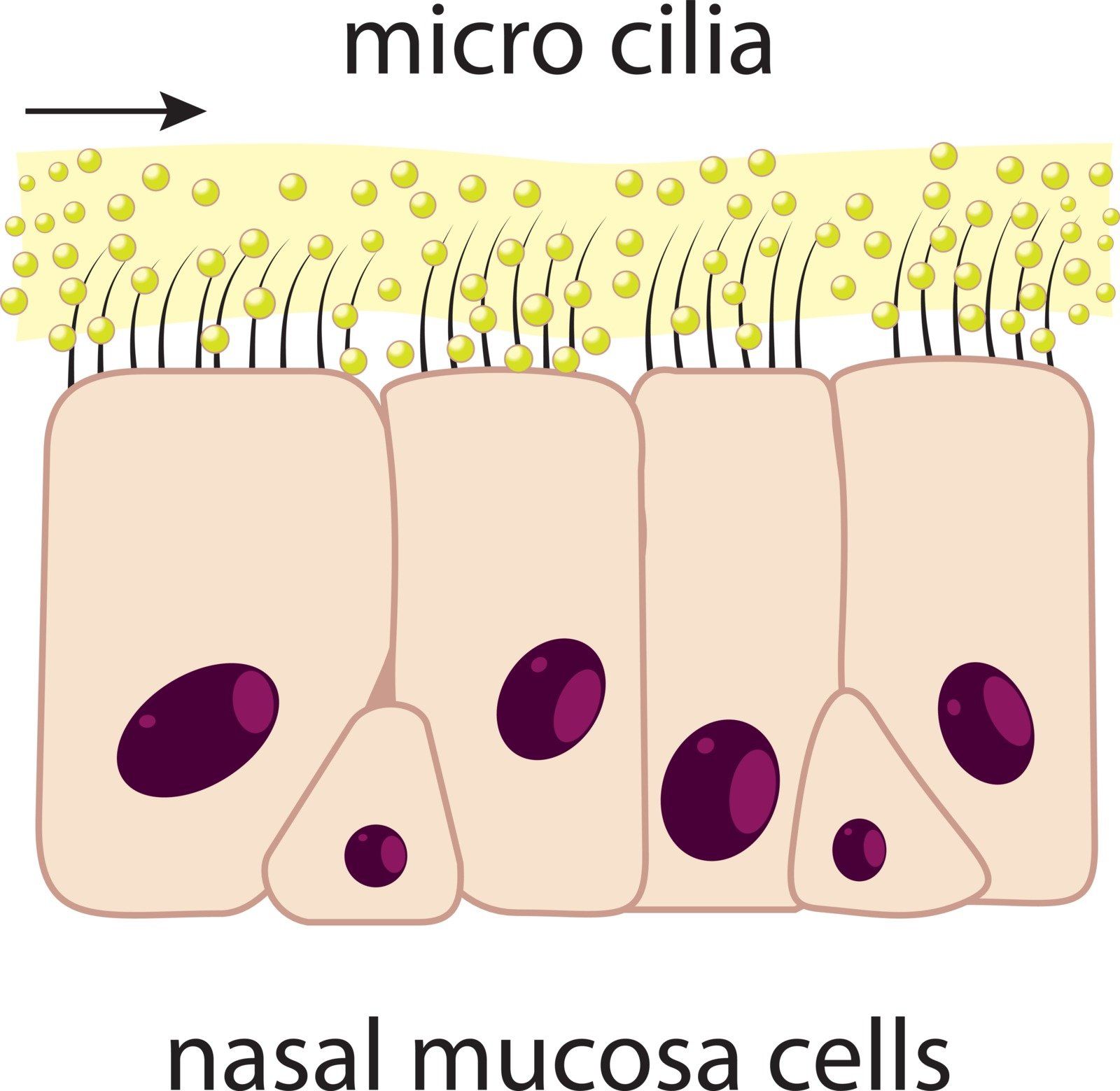
What are the 4 types of sinuses?
Humans have 8 sinuses surrounding their nasal cavities. The paranasal sinuses are composed of four paired types of sinus cavities.
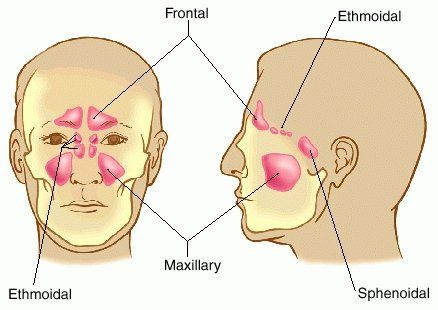
Maxillary Sinuses
The maxillary sinus, which has the shape of a pyramid, is right under the eye and near the nose. Anatomically, it is found inside the body of the maxilla, and it has three recesses. An alveolar recess pointed inferiorly, a zygomatic recess pointed laterally, and an infraorbital recess pointed superiorly.
Ethmoid Sinuses
There is also the ethmoid sinus, also known as the ethmoidal air cells, divided into anterior and posterior groups. They are cavities inside the nasal structure, which have thin walls, not being palpable during a facial examination. Interestingly, we are not born with these structures, as the ethmoid cavities are noticeable starting at around the age of 2, with the help of a CT scan.
Sphenoid Sinuses
The sphenoid sinuses are another part of the paranasal sinuses, which is found in the body of the sphenoid bone, a small area of the skull, located behind the eyes. They may have different sizes and shapes, from one person to another, because, due to the presence of the septum in between the two sphenoidal sinuses, they are very seldom both equal. These sinuses cannot be palpated through a usual facial examination.
Frontal Sinuses
The frontal sinuses are located above the eyes, in the area where the eyebrows meet. They are also commonly asymmetric. The air spaces within the frontal sinuses are covered with mucous membrane. A hourglass-shaped frontal outflow tract is present that connects the frontal sinus to the area of the ethmoid sinuses.
What is the anatomy of the nose?
The nose is comprised of the nasal septum in the midline and a series of "turbinates" or "concha" that are on either side of the septum.
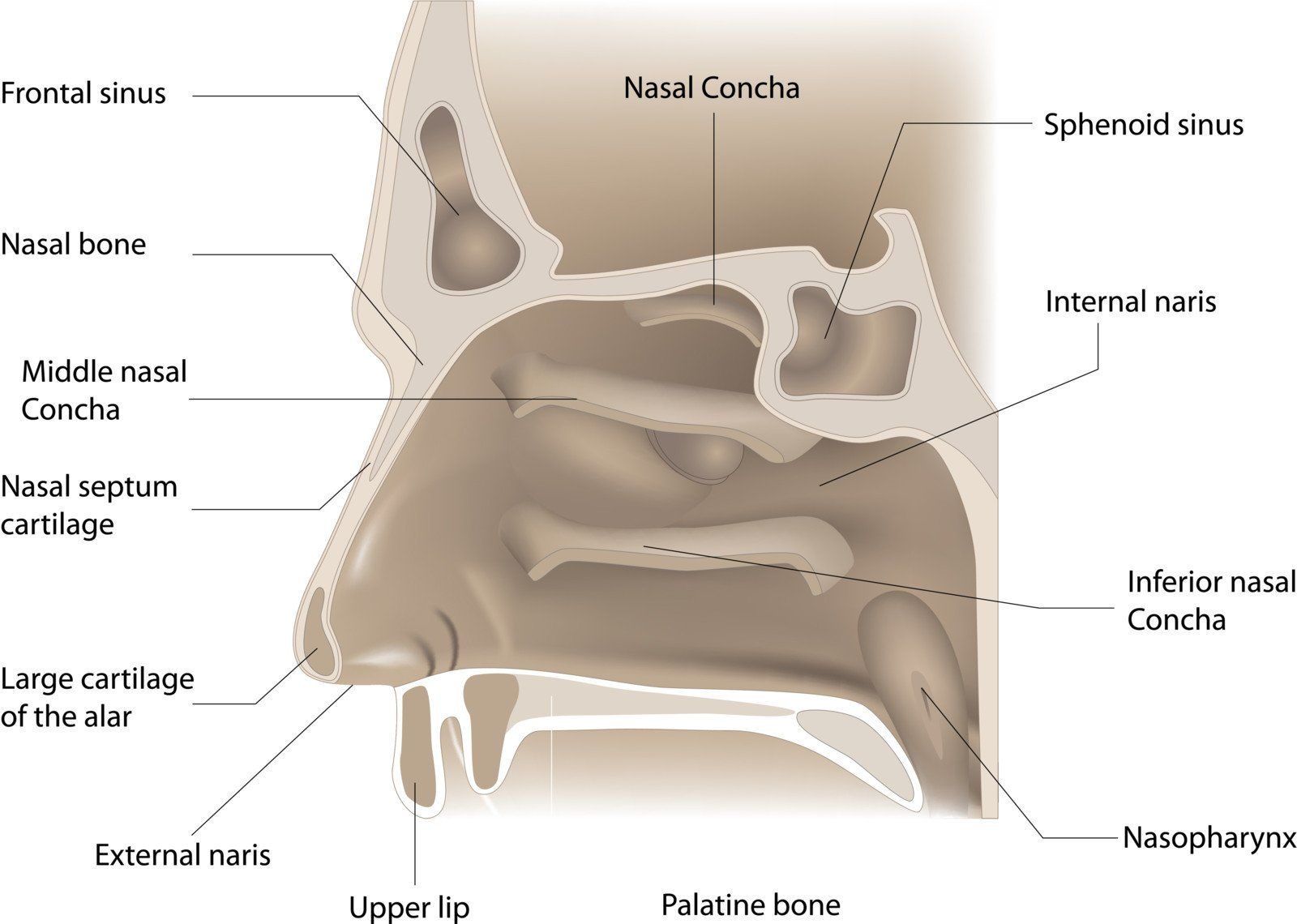
Nasal Septum
The nasal septum is found in between the nasal and sinus cavities. It has a fleshy and soft external end, called the columella. Bone and hyaline cartilage are also found in the septum that attaches to the skull. Some people may suffer from a septum deviation, which can be more or less severe. A slight anatomic deviation is typical, but there are cases when a severe one is imposed by a physical trauma.
Inferior, Middle, and Superior Turbinates
The system also consists in three turbinates or conchae, located on the each side of the septum, made out if a thick and highly vascularized tissue.
The
superior turbinates are small structures containing olfactory nerve fibers, the one responsible for our sense of smell. The
middle turbinates are larger structures and tend to protect the sinuses from directly meeting the pressurized airflow in the nostrils and appear to elicit the sneeze reflex. The
inferior turbinates are the largest of all the turbinates, reaching the length of an index finger. It assists in managing the inhaled air. It will heat, humidity, filter and direct the air flow, of the air inhaled through the nostrils.
